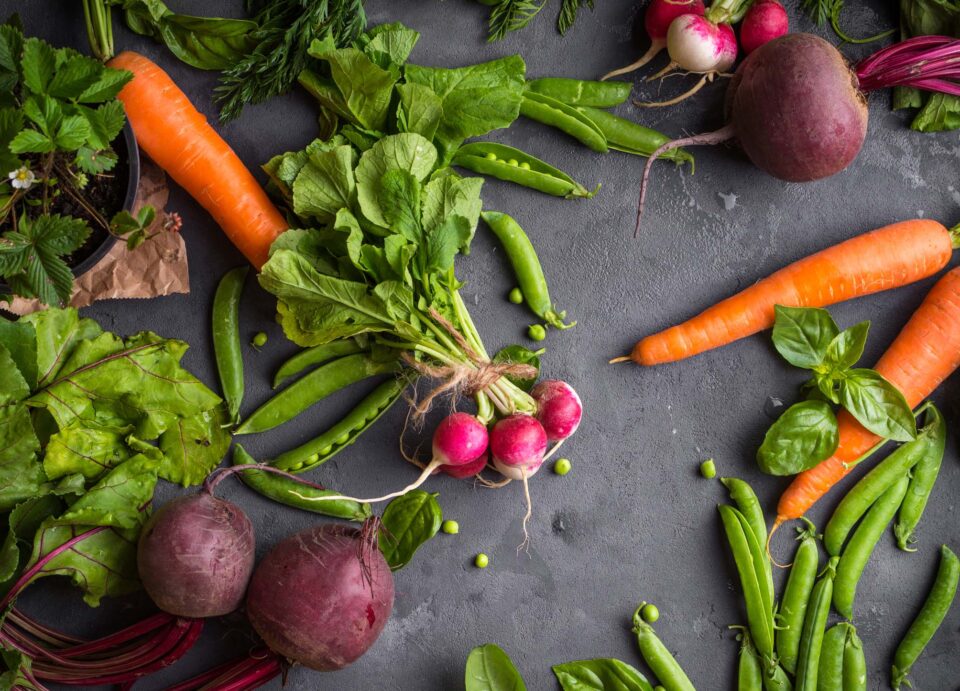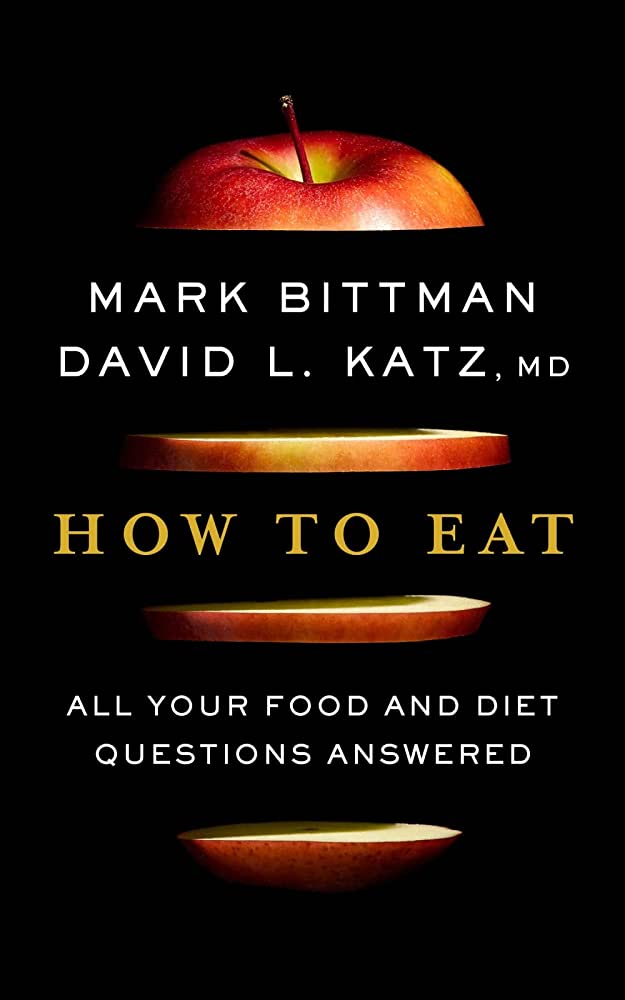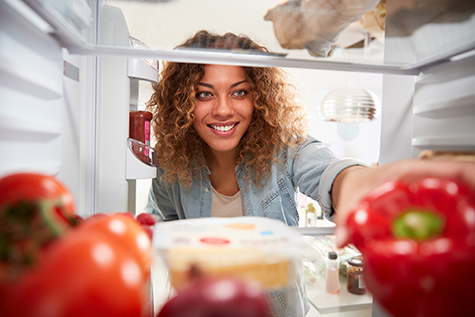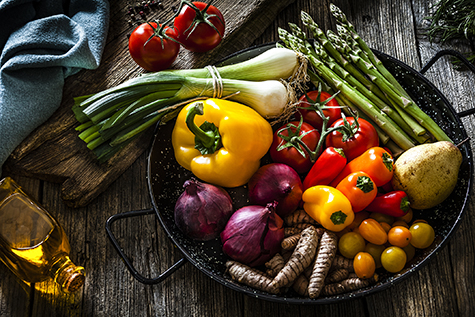Know How To Eat? This Book Makes It Easy


Shouldn’t “how to eat” be clear already?
In a way, it is. Every animal knows how to eat, and only in humans (and the animals under their control) has this been perverted. In the last century or so, we’ve been led astray. And we’re so far from our origins that it’s proving hard to find our way back.
Yet there’s nothing more important: Food is the fuel that runs every function of the complex human machine. It is the source of construction material for the growing bodies of children and all the replacements adult bodies require each day. What we eat is crucial to the integrity of the nervous system, the balance of hormones, the function of our blood vessels, the responses of the immune system.
 Mark Bittman and health expert David Katz, M.D. answer the “how to eat” question and more in a lively and easy-to-read Q&A format in their new book, How To Eat: All Your Food And Diet Questions Answered. Inspired by their viral hit article on Grub Street—one of New York magazine’s most popular and most-shared articles—Bittman and Katz share their clear, no-nonsense perspective on food and diet, answering questions covering everything from basic nutrients to superfoods to fad diets.
Mark Bittman and health expert David Katz, M.D. answer the “how to eat” question and more in a lively and easy-to-read Q&A format in their new book, How To Eat: All Your Food And Diet Questions Answered. Inspired by their viral hit article on Grub Street—one of New York magazine’s most popular and most-shared articles—Bittman and Katz share their clear, no-nonsense perspective on food and diet, answering questions covering everything from basic nutrients to superfoods to fad diets.
“The artful (or at least competent!) blend of science and sense is what we believe to be our signature contribution,” write the authors, as they impart their views on various diets, whether it’s advisable to always eat breakfast (“there is nothing holy about breakfast,” they assert), what makes a good snack (apples, walnuts, bananas, carrots, hummus, bean dip, and salad are fine), and whether dairy is good or bad (it depends on what you’re eating and what dairy replaces).
 Some of the questions and answers from the book include:
Some of the questions and answers from the book include:
- So when should I be eating my biggest meal? –There are some new studies that suggest that there are some benefits to the old recommendation that you should front-load your days with calories.
- How does eating a variety of foods affect how full I feel? — Our appetite center is in the hypothalamus, and it’s subject to “sensory specific satiety”. It’s why you have room for dessert: You’re full for most flavor categories, but you haven’t reached your threshold for sweetness.
- How does the food industry use flavors to manipulate us? — Basically, ultra-processed foods squeeze a wide variety of flavors into individual food products. The idea is to get sugar, salt, and fat – foods we’re hard-wired to eat, and food that make us overeat, either because they’re high calorie (fat) or addictive (sugar) — into everything possible.
 What’s the healthiest type of fish? –That would be wild-caught fatty fish like salmon, halibut, and mackerel, fish that are rich in omega-3.
What’s the healthiest type of fish? –That would be wild-caught fatty fish like salmon, halibut, and mackerel, fish that are rich in omega-3.- Can carbs be “good” and “bad”? — Absolutely. Think of apples, spinach, and carrots versus Apple Jacks, cinnamon rolls, and cotton candy. They’re all carbs. You can’t dislike or renounce carbohydrates—they make up the most nutritious food on the planet.
Our culture is long overdue for a dietary revolution that makes eating well easy rather than elusive. We know what good diets are. We absolutely do. Tinkering at the margins—eating more vegetables and fewer whole grains, or vice versa; not eating wheat, or soy, or dairy, or whatever—isn’t that important. What’s important is choosing real over fake and making sure plants are dominant in your diet. A food system created by a common good would respect the Earth itself, people, and our fellow living creatures.
